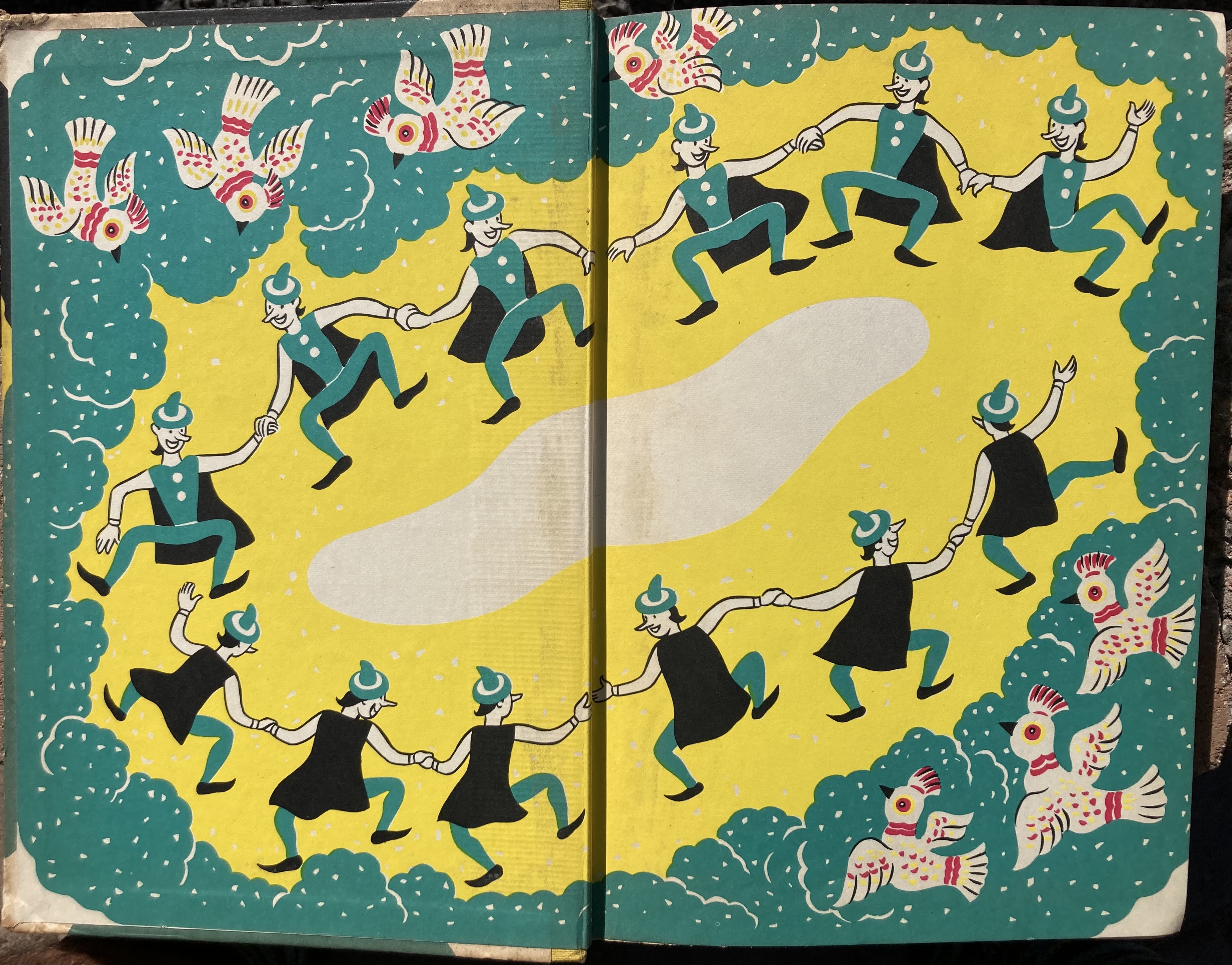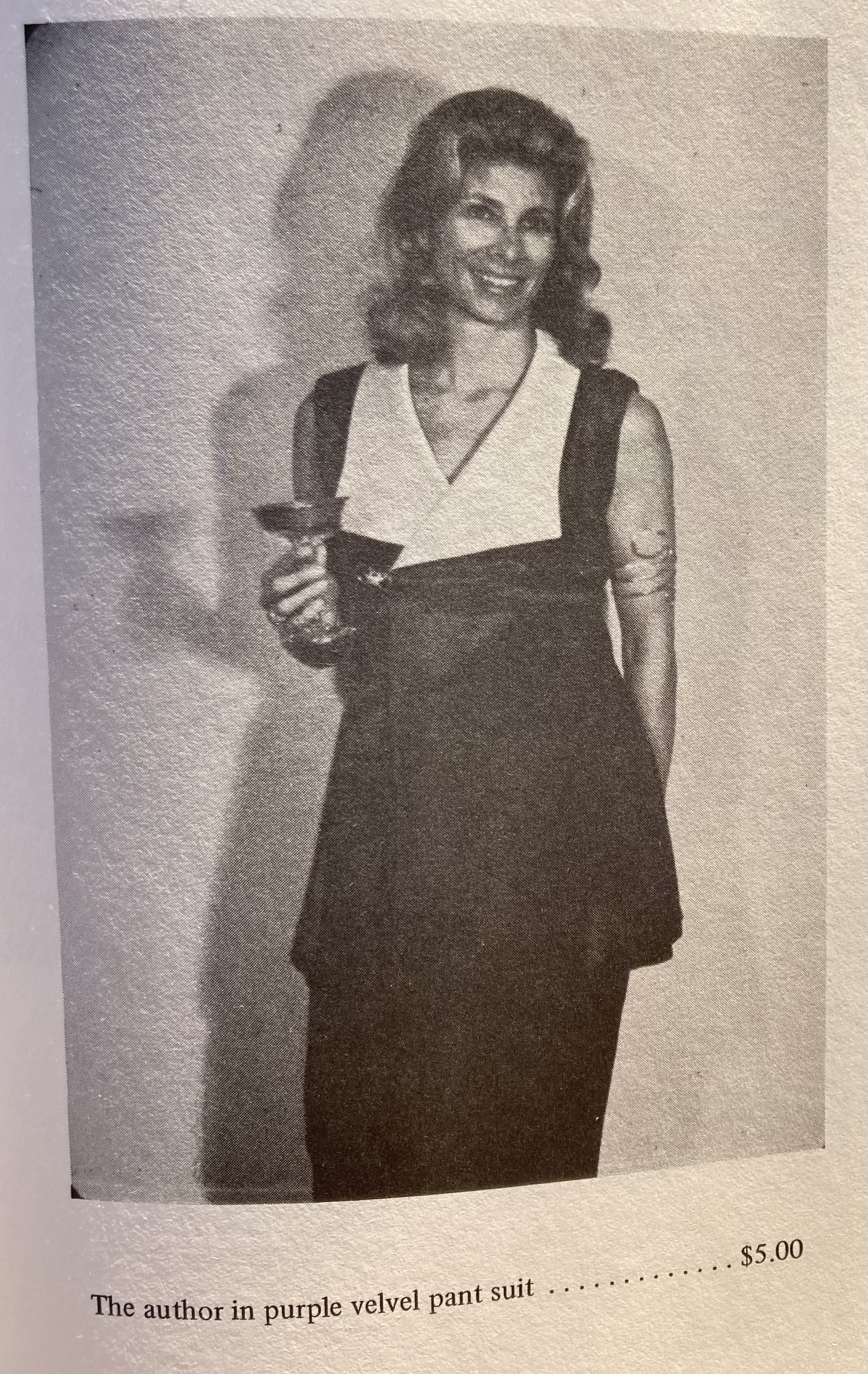Mérida also collaborated with author Patricia Fent Ross on at least three books. Two of them are Made in Mexico: The Story of a Country's Arts and Crafts and The Hungry Moon: Mexican Nursery Tales. The third is today's featured book: The Magic Forest, which was published in 1948 by Alfred A. Knopf under the Borzoi Books for Young People label.
Here's a little about Mérida's career from, purely coincidentally, the website of the nearby Phoenix Art Museum:
"Guatemalan artist Carlos Mérida is best known for creating Modernist abstract art that integrated Latin American culture with 20th-century European painting. ... In 1910, at the age of 19, Mérida presented work in his first art exhibition. That same year, he moved to Paris, where he lived for four years and met and worked with Pablo Picasso, Piet Mondrian, and Amedeo Modigliani, as well as several prominent Latin American artists residing in Europe at that time. ... He was known for integrating figurative elements into his abstract art, such as colorful organic and geometric representations of clusters of people, and employed a variety of media, including watercolor, oil, gouache and pencil, and parchment and plastic."
Mérida's illustrations, including the cover and endpapers, for The Magic Forest are pure delight. As for the story itself, its characters include Concha and Coco Perez, who are twins; Peddy, the Chief of the Elves; Queen Peachblossom; Raul the Fox; Rosita Rabbit; Dido the Dog; Mario Monkey; Chippy Chipmunk; Mr. Bear; Bully Badger and Derry Deer. In 1948, a short review from Kirkus called it "a disturbing fairy tale for the five and six year olds [but] older children will find it enjoyable in somewhat the manner of the Wilde tales." That's the only review I could find online. The book isn't even listed on Goodreads, which is curious for something from a major publisher as relatively recent as 1948. I might go ahead and rectify that.
Here is a sampling of Merida's illustrations, starting with the front endpapers.
Footnote1. A Treasury of Mexican Folkways is subtitled "The Customs, Myths, Folklore, Tradition, Beliefs, Fiestas, Dances and Songs of the Mexican People." Reviewing it on Amazon in 2007, someone noted: "This fascinating book is a magnificent, all-inclusive account of the Mexican people, their colorful, dramatic, and ancient traditions and ways of life, worship, work, and play. It is filled with rare and wonderful stories of saints, heroes, cowboys, bandits; descriptions of exotic dances and fiestas; accounts of strange customs and ceremonies. All the folk arts -- pottery making, gold and silver work, carving, weaving, hand-drawn work -- are thoroughly described and lavishly illustrated with line drawings and photographs. ... [It] is nothing less than an encyclopedia, a virtual one-volume course in Mexican lore and culture."











